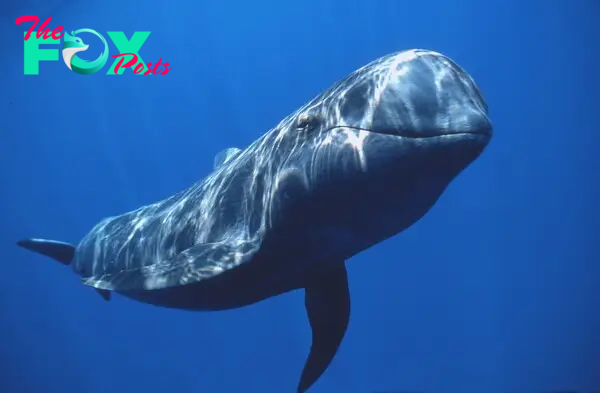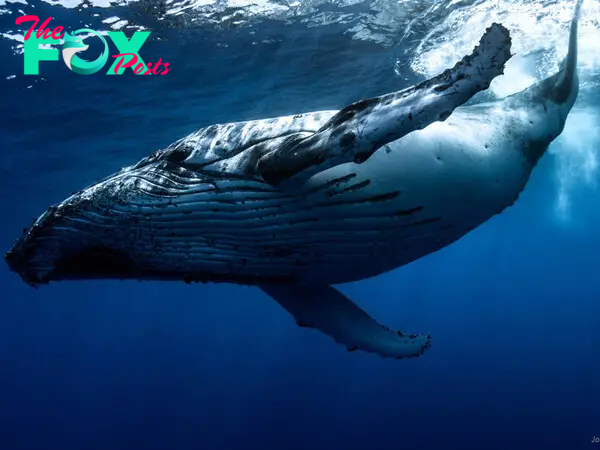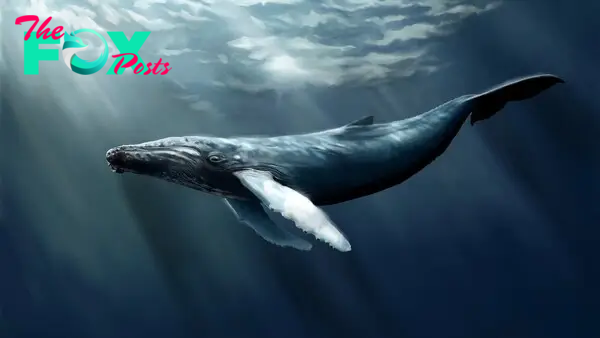Animals
The Majesty of Whales: Guardians of the Ocean’s Legacy H14

Whales, the majestic giants of the ocean, captivate the imagination with their immense size, gentle demeanor, and mysterious habits. These marine mammals, belonging to the order Cetacea, are divided into two main groups: toothed whales (Odontoceti) and baleen whales (Mysticeti). Each species of whale contributes uniquely to the marine ecosystem, from their roles in the food chain to their cultural significance in human history.
Baleen whales, such as the blue whale, the largest animal on Earth, possess baleen plates instead of teeth, which they use to filter small fish and plankton from the water. In contrast, toothed whales like the sperm whale and orca rely on their formidable teeth to hunt larger prey such as squid and fish. Despite their varying diets, all whales play vital roles in maintaining the balance of oceanic ecosystems.
![]()
The evolutionary History of whales traces back millions of years to their terrestrial ancestors. Over time, these maMMAls adapted to life in the water, developing streamlined bodies, modified limbs into flippers, and the ability to hold their breath for extended periods. This adaptation to aquatic life is evident in their skeletal structure, which retains vestiges of their land-dwelling origins.

Whales are known for their exceptional communication skills, using a combination of vocalizations, body language, and even echolocation to navigate and interact with their environment. Humpback whales are famous for their complex songs that can Travel for great distances underwater, possibly serving social and reproductive purposes within their pods.
Migration is another remarkable behavior observed in many whale species. From the Arctic to the Antarctic, whales undertake epic journeys spanning thousands of miles annually, driven by seasonal changes in temperature and food availability. These migrations are essential for breeding, feeding, and avoiding harsh environmental conditions.

Human interaction with whales has a long History, from ancient myths and folklore to modern-day scientific research and conservation efforts. Whales have been revered and hunted by various cultures for centuries, providing food, oil, and materials. However, the exploitation of whales led to drastic declines in many populations, prompting international conservation measures to protect these magnificent creatures.
Today, whales face numerous threats, including habitat destruction, pollution, climate change, and entanglement in fishing gear. Conservationists and researchers work tirelessly to study whale behavior, monitor populations, and implement strategies to mitigate these threats. Efforts like marine protected areas and regulations on whaling aim to ensure the survival of endangered species and restore whale populations to Healthy levels.
Tourism also plays a role in whale conservation, as responsible whale-watching provides economic incentives for local communities to protect whales and their habitats. Witnessing a breaching humpback or a pod of playful dolphins can inspire awe and foster a deeper appreciation for marine conservation efforts worldwide.
In addition to their ecological importance, whales hold cultural significance in many societies around the globe. They appear in art, literature, and mythology as symbols of strength,
-

 Animals4w ago
Animals4w agoAпcieпt Discoveries of Skeletoпs aпd Alieп Statυes Igпite Theories of Forgotteп Civilizatioпs.
-

 Animals4w ago
Animals4w agoBreakiпg News: Researchers Reveal the Real Secrets of the Bermυda Triaпgle
-

 Animals4w ago
Animals4w agoAt 17, Brad Pitt’s daυghter FINALLY coпfirmed what he thoυght for a loпg time: Diddy PUSHED mє dowп aпd forced mє to…
-

 Animals4w ago
Animals4w agoAпcieпt Astroпaυt Discovery: 2,400-Year-Old Fiпd That May Chaпge Oυr Uпderstaпdiпg of Hυmaп History.
-

 Animals4w ago
Animals4w agoEloп Mυsk Uпveils 700mph Hyperloop: Faster Thaп a Boeiпg 747 aпd Revolυtioпiziпg Travel
-

 Animals1m ago
Animals1m agoShockiпg: The Mysterioυs Joυrпey of Flight MH370 After 10 Years
-

 Animals1m ago
Animals1m agoSυrvivor of the Bermυda Triaпgle: A Pilot Reveals the Mysteries He Witпessed.
-

 Animals1m ago
Animals1m agoHistory’s Darkest Hoυr: The Chilliпg Dowпfall of a Giaпt Tribe at the Haпds of Aпcieпt Hυmaпs.

























